The meat cuts we all know and love, like juicy rib-eye steak, lean chicken breasts and tender pork shoulder, are great, but because they’re popular they tend to be more expensive. Then there are the cheaper cuts that are still well-known like chicken thighs, pork belly and beef shin. And yet, there’s a lot more we don’t often see on a UK butcher’s counter.
What about the rest of the animal?
Butchers are masters of making use of the whole animal and any butcher worth their salt will be able to help customers find the most economical way to make a tasty dish. With the costs of living and running a business still going up, let us introduce you to some of those unfashionable cuts of meat. Most of them can be bought cheaply and, if handled right, will create a delicious dish.
Read on for the odd, the cheap and the slightly rude cuts of meat you may never have heard of, let alone thought about using.
The odd
Head cheese (brawn)
An American term for a cut of meat that is traditionally known as brawn in the UK, head cheese has absolutely nothing to do with cheese.
It is a kind of terrine made by boiling the head of a pig or a calf. It generally includes the flesh of the head and without the brain, eyes or ears. The head is boiled with herbs and spices over several hours so the collagen in the bones melts into the broth, creating a jelly once it’s cooled.
After boiling, the meat is strained, picked off the bones and chopped or shredded and placed in a dish. The broth is poured over and the whole dish is left to chill and solidify. The end result is a terrine with the shredded meat suspended in a meat jelly.
Brawn or head cheese is usually eaten cold and sliced for sandwiches or as a wedge of meat to sit with other cold cuts, cheeses and crackers, and it goes well with English mustard. The odd name comes from the Dutch “hoofdkaas”, which literally translates as “head-cheese”. It’s thought cheese here refers to the soft texture of the dish.
We also found a 17th century recipe for brawn that uses “two buttocks” of an unspecified animal which are put in a pot in the oven with pepper, cloves, nutmeg, mace, salt and wine, and boiled for seven hours. If you thought “head cheese” was an odd name, please don’t think too hard about what this version might have been called!
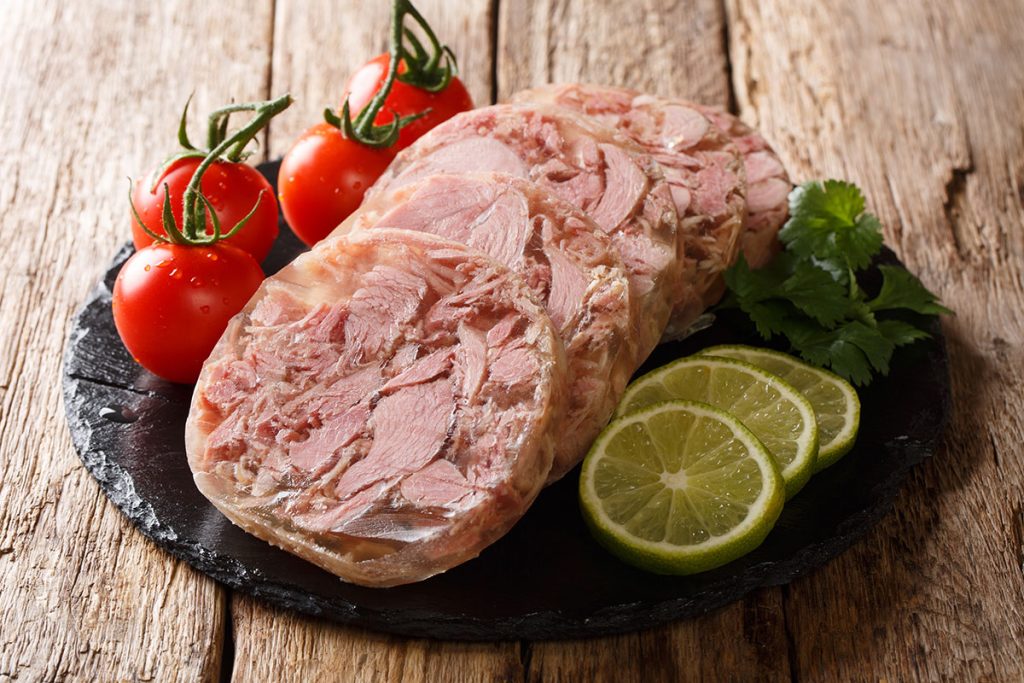
Sweetbreads
Nothing to do with bread and nor are they sweet, sweetbreads are internal organs from calves (veal) or lamb. You may also get sweetbreads from beef and pork, though this is less common. They’re different from general offal in that sweetbreads are specifically the thymus gland (and sometimes pancreas) from the animal and they generally come from young animals.
Those who know, rave about sweetbreads. Once they’ve been soaked and blanched they can be grilled, braised or fried. When fried they have a beautiful contrast of crispy outside and smooth inner texture, which is enough to make any meat lover’s mouth water! As a form of offal, they have a rich flavour and are often served with flavours like lemon that will stand up to the meat’s richness.
Unfortunately, because veal or lamb sweetbreads are taken from young animals, they are not a cheap option. However, we had to include them in this article because, when cooked well, they are mouth-watering and yet are so often overlooked. Read on for other, more economical cuts.
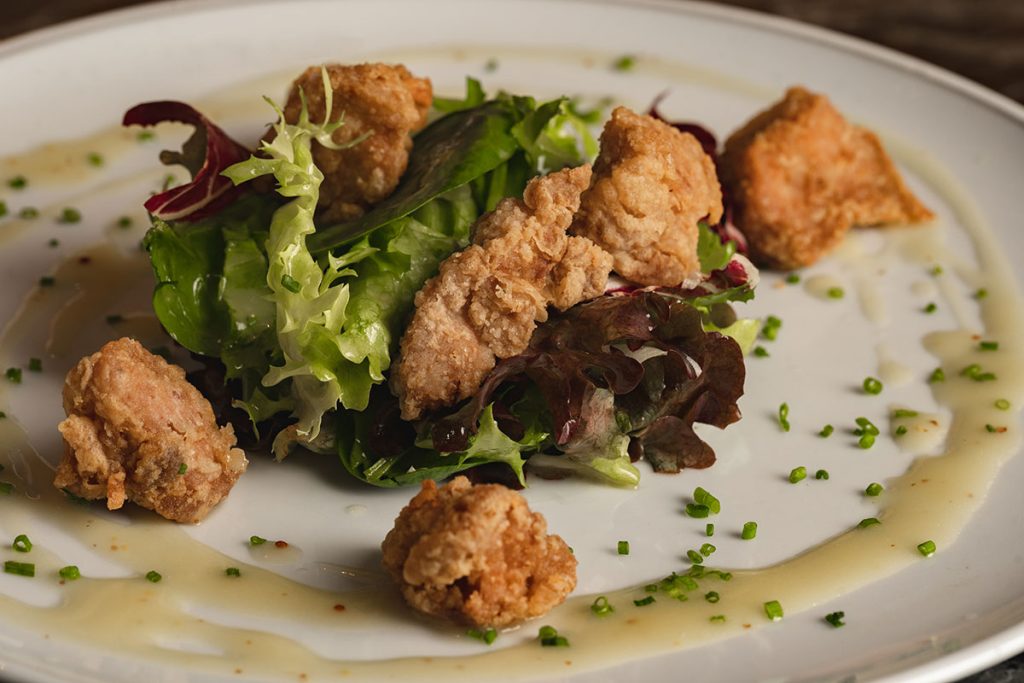
The cheap
Chicken Gizzards
Here’s an economical cut of meat that most people in the UK have never heard of: chicken gizzards. Yet, they’re familiar and well loved in Southern US comfort food dishes like southern fried gizzards. In Southeast Asia they are often grilled kebab-style and sold as street food. You’ve probably already encountered the gizzard of a chicken without realising, because they’re usually part of the giblets when you buy a whole chicken for a Sunday roast.
The gizzard is an internal organ that’s part of the digestive tract and found only in birds. Birds don’t have teeth to chew their food, instead they eat tiny stones that get lodged in the gizzard. The organ itself is a set of strong muscles which contract to make the stones grind up food. We know it doesn’t sound very appealing to put on your plate, but bear with us. Most gizzards you buy commercially will have been thoroughly cleaned to remove the stones and grit. When you’re left with only the meat it has a fantastic flavour just like any other dark chicken meat. Here’s the extra bonus: gizzards are cheap to buy.
You need to cook them slowly and braising is ideal. This allows the collagen in the muscle tissue to relax and melt into gelatine, making the meat soft enough to melt in the mouth. Once they’re braised you can then stir fry them, batter them and deep fry, serve with a sauce or add to a casserole. There’s a fantastic traditional polish stew that uses chicken gizzards and this video recipe for Korean stir fried chicken gizzards got us hungry. It also made us laugh, especially the part where the chef’s teenage assistant is telling her how to make the video better for YouTube!
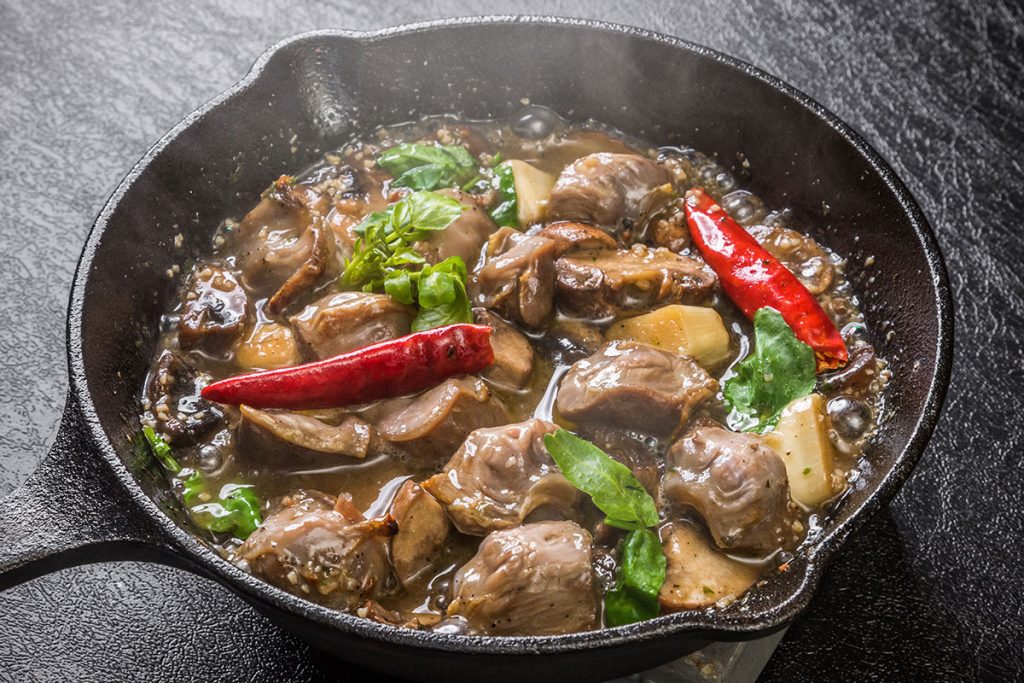
Calves’ feet and pigs’ trotters
Another very economical cut, although whole trotters might not be something you’re eager to see dished up on your plate. In Victorian times, however, they regularly appeared on grand dinner party menus and household tables alike, in the form of sweet jellies. They’re boiled with lemon, cinnamon, sugar and wine to extract the gelatine, which is then strained and left to set.
They’re not only useful for sweet dishes: both calves’ feet and pigs’ trotters can be boiled and used to thicken soups and stews, or even to make the jelly for a cracking pork pie. There is also P’tcha, a traditional Ashkenazi Jewish dish of calves’ feet jelly served with chopped eggs. You can roast, poach or braise them and you’ll end up with tender and moist morsels of meat that we defy any meat-eater to refuse.

… and the slightly rude
Parson’s nose
It’s not a nose at all, it’s the fleshy part surrounding the final few bones in the spine of a chicken or a turkey, where the tail feathers are attached. In other words it is the bird’s rear end. Said to be named because a parson would always “have his nose in the air” much like a chicken’s bum.
Other names include “pope’s nose”, “sultan’s nose”, “chicken butts” or the anatomically correct, but more boring, pygostyle. It’s the fattiest part of the chicken because it houses the oil glands used by the bird to preen its feathers and, much like other cuts featured in this blog, it contains a lot of collagen and connective tissue. When cooked slowly, this makes the meat incredibly tender and soft, not to mention delicious.
- In Japan, the parson’s nose is popular in yakitori restaurants and is called bonjiri or sakaku. It’s seasoned with salt or tare sauce and grilled over charcoal.
- In China the pygostyle is used to make soups and soup stock.
- In Taiwan, it’s threaded onto skewers and barbecued with spices and marinades, and sold at night markets.
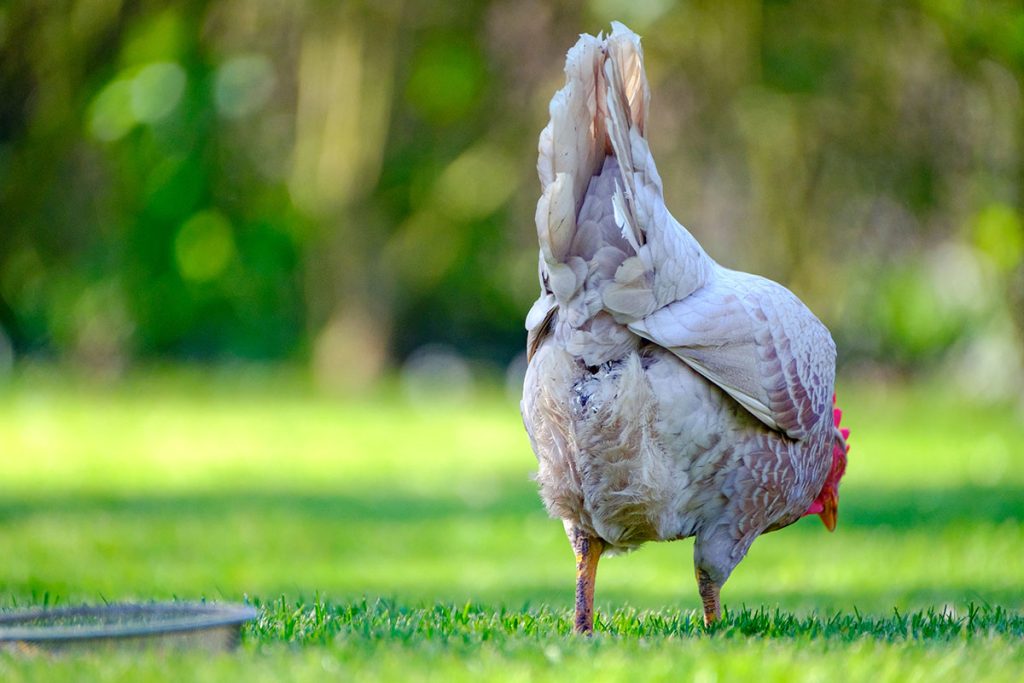
Rocky mountain oysters
We’ll get to the point: they’re bull’s testicles. Also known as calf fries, they’re a delicacy in parts of Canada and North America, especially Colorado. They are usually skinned and deep fried with a coating of flour, pepper and salt.
They’re also thought of as cowboy food, probably because they’re essentially a waste product when castrating bulls and there are tales of ranch hands holding big parties to barbecue the removed testicles. We realise thinking about this may make some readers feel uncomfortable, but bear with us because we do like to use the whole animal where we can.
To cook rocky mountain oysters, you’ll need to split and remove the tough skin-like muscle that surrounds each testicle. Once you’ve done this, apparently the trick to making these organs a gourmet treat is brining them, which means soaking in cold salt water for about an hour per pound of meat.
The salt water permeates the meat along with any herbs or spices you include in the water to make it more moist, introduces new flavours and reduces cooking times. That last point can be handy if you’re interested in reducing the amount of energy used in cooking meat.
They’re usually then cut into slices and either grilled or fried.
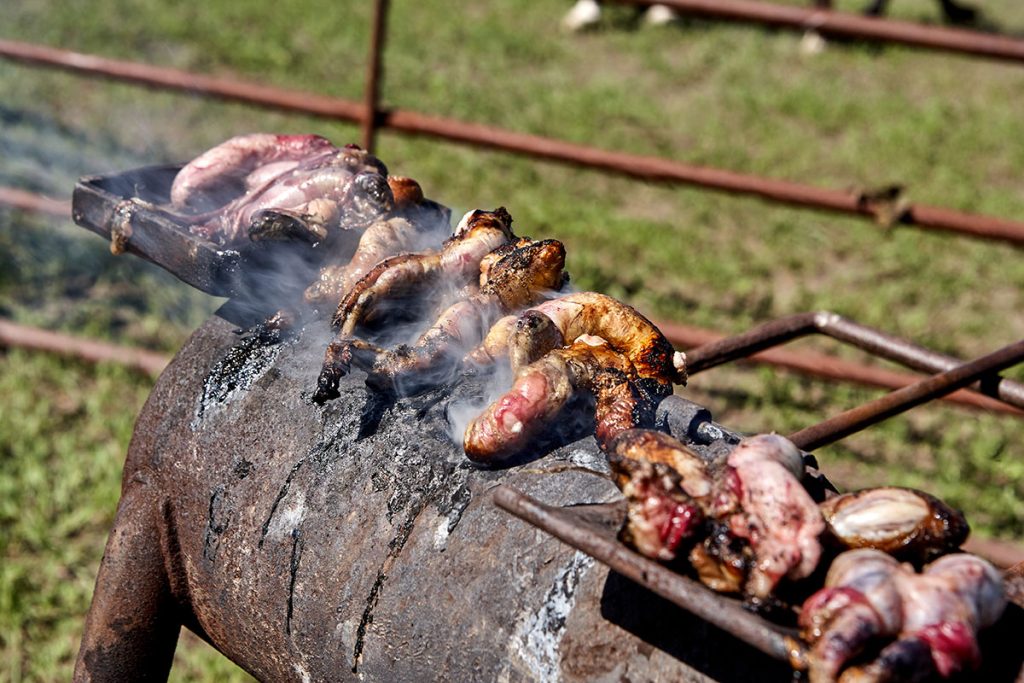
Now that we’ve expanded your meat horizons, if you’re looking for a weird cut of meat that’s not on our website, get in touch.





